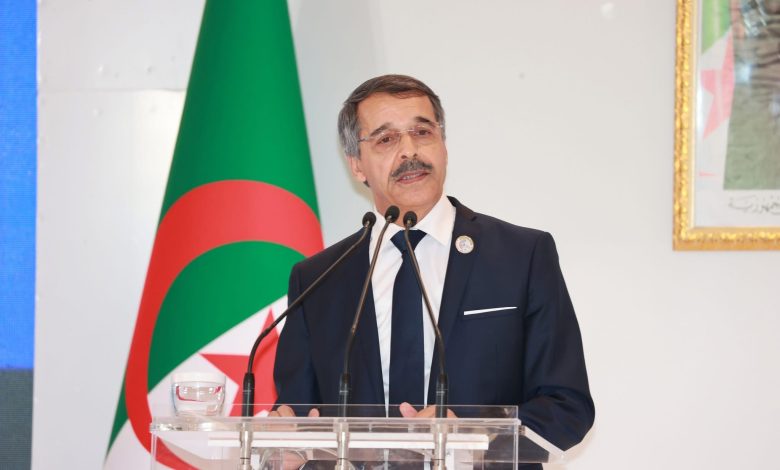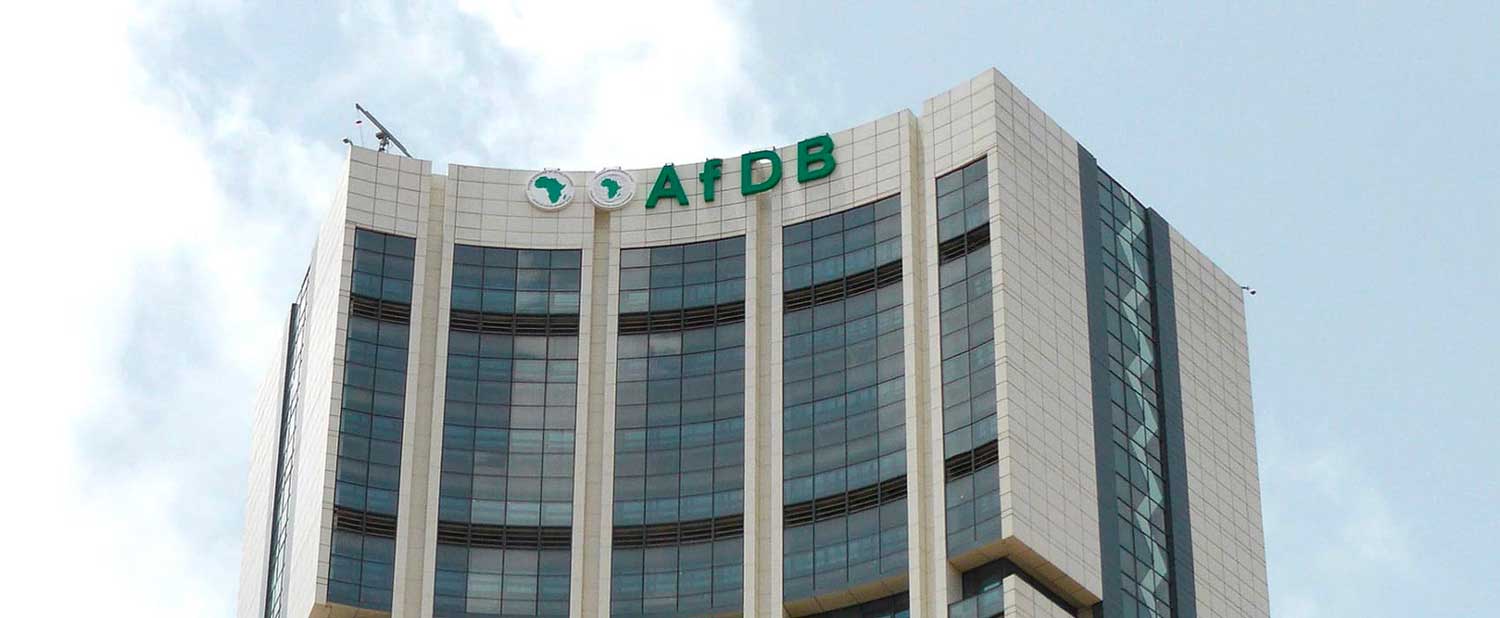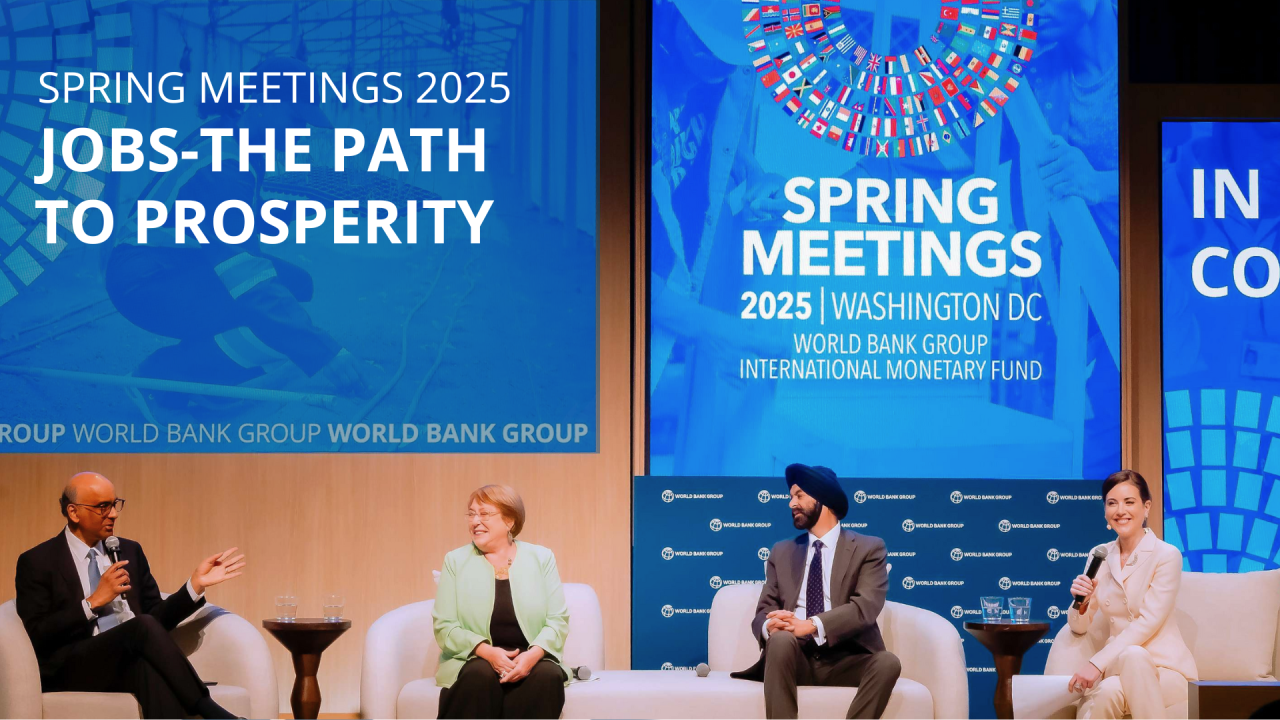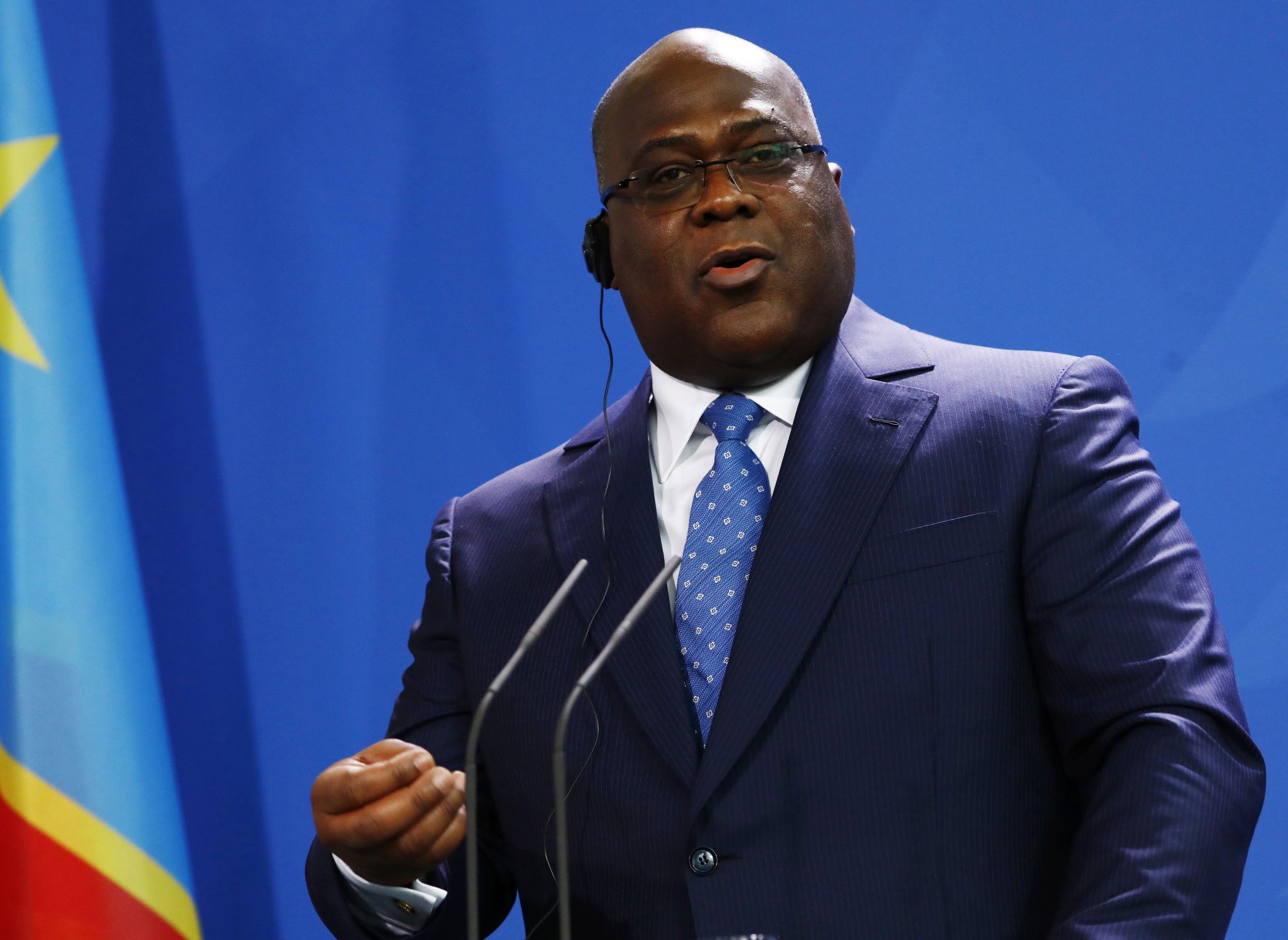Public-credit bill resets Algeria’s risk allocation
BZ=F near $61 and CL=F near $58 frame Algeria’s shift to capped guarantees as reserves hold above $66bn and the dinar trades 129–133 per USD, setting measurable thresholds for risk-premium compression through mid-2026.

Algeria’s Finance and Budget Committee’s 19 October 2025 review of a public-credit and guarantee bill signals a shift from cash-out fiscal support toward risk-sharing that mobilizes bank and multilateral balance sheets. The draft would authorize capped sovereign guarantees on project-linked lending and on defined contractual exposures, aiming to lift private investment without widening the near-term cash deficit.
The policy pivot arrives with Brent (BZ=F) around USD 61 and WTI (CL=F) near USD 58, a price band that compresses hydrocarbon receipts versus 2022–2023 highs and forces more efficient capital allocation. With real GDP growth guided in the low-to-mid-3% range for 2025 (calendar year) and non-oil activity recovering but still below potential, the bill is designed to re-anchor the investment cycle to bank intermediation rather than the budget.
Mechanisms are explicit. A first-loss guarantee window would cover a calibrated share of credit extended by commercial banks and development-finance partners to priority sectors—energy transition, mining value chains, export manufacturing, and logistics. A second channel would provide performance, receivables, and offtake guarantees that reduce pricing add-ons for construction, export and working-capital finance.
By moving part of the risk into contingent liabilities with statutory ceilings, authorities intend to lengthen loan tenors and reduce spreads for productive assets while preserving cash space for social and core-infrastructure spending. The architecture targets a persistent maturity mismatch in the banking system that has limited private capex and left state-owned enterprises carrying the bulk of investment.
Macro consistency underwrites the design. Gross public debt is estimated around 60–62% of GDP at end-2025, a level that caps scope for broad-based fiscal stimulus. Replacing open-ended subsidies with capped guarantees tightens the link between public effort and investment outcomes and limits tail-risk to the sovereign balance sheet.
The policy rate stands at 2.75% after the August 2025 cut, keeping the monetary stance moderately accommodative while the exchange-rate regime remains stable; DZD per USD has traded broadly in a 129–133 range in October. Foreign-exchange reserves near USD 66–68 billion—equivalent to at least 12 months of import cover—provide external insurance for a controlled rise in capital-goods imports associated with project starts. On the flow side, the current account is projected to post a modest deficit in 2025–2026 as oil and gas prices normalise; steering bank credit to tradables and logistics is therefore critical to offsetting the income effect from softer hydrocarbons.
The transmission to the banking system is central. Credit growth has lagged nominal GDP for multiple years, reflecting concentrated exposures and short maturities. Partial first-loss and performance-risk coverage should lower expected-loss charges and capital intensity on qualifying facilities, raising banks’ willingness to syndicate and extend duration.
If collateral standards and procurement are tightened in parallel, the balance-sheet mix reweights toward productive credit rather than sovereign paper, reducing crowding-out and lifting private-credit-to-GDP from its low base toward peer medians. The expected macro effect is a higher investment share of GDP without destabilising financing conditions or forcing pro-cyclical fiscal cuts if oil moves to the lower half of the USD 55–65 band.
Regional comparators underscore both payoff and risk. Where guarantee frameworks were transparent, capped, and embedded in the budget—select North African blended-finance platforms—project closures accelerated within 12–18 months and local yields compressed 50–100 basis points. Where guarantees were opaque or off-budget, contingent liabilities crystallized and raised sovereign risk premia.
Algeria’s draft points to the former: guarantees are to be anchored in statute, eligibility is tied to foreign-exchange-earning sectors, and ceilings are defined in relation to GDP and project cash-flow coverage ratios. That structure aligns with investor mandates increasingly conditioned on risk-sharing, especially for green-hydrogen components, fertiliser inputs, and mineral processing facilities linked to export corridors.
Markets will price the reform along three paths. First, sovereign risk: if reported contingent liabilities stay within ceilings and cash-based deficits remain controlled, local duration should extend and the risk premium compress relative to 2023 peaks. Second, external accounts: export-linked projects that reach financial close add non-oil FX inflows, improving resilience as BZ=F and CL=F fluctuate within the USD 55–65 range. Third, equity and private listings: state-adjacent industrials, logistics, and engineering franchises gain from lower discount rates on long-dated cash flows and improved contract bankability, lifting enterprise values even without immediate earnings expansion.
The verification set is measurable and time-bound. By mid-2026, guarantees outstanding should remain at or below 3% of GDP; utilisation of guaranteed facilities should grow at least 15% year on year; reported contingent-liability disclosures should be timely and in-budget; reserves should hold at or above USD 66 billion; and the current-account gap should narrow or remain contained despite softer hydrocarbons.
A pipeline of USD 3–4 billion in priority-sector projects reaching financial close by Q2-2026 would confirm that the guarantee architecture is translating into investable assets. If those thresholds are met, Algeria’s structural risk premium tightens and the growth mix tilts toward tradables without eroding external buffers; failure to deliver would raise the probability of hidden-debt accumulation and delayed re-rating.





